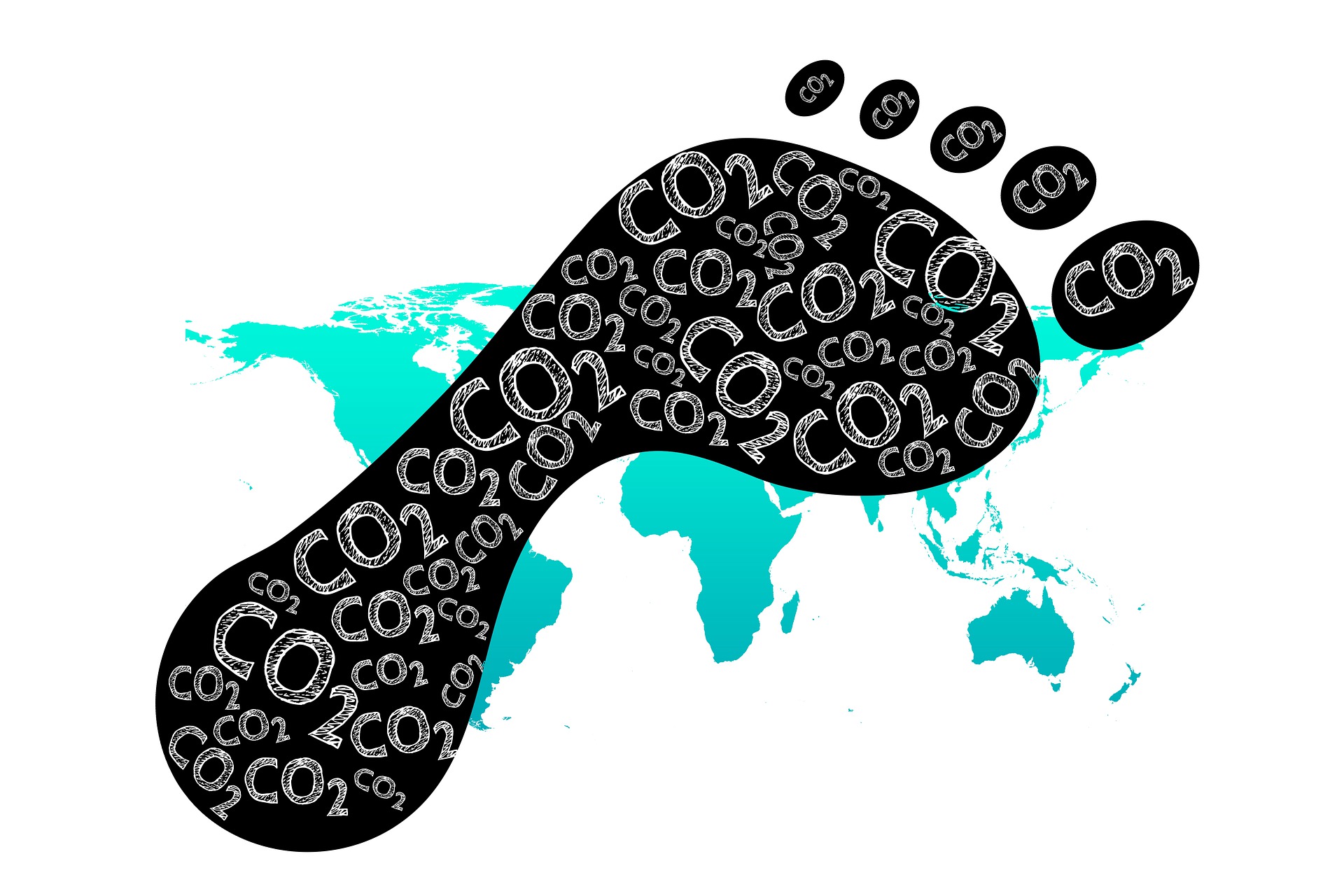TECHNICAL STANDARD OF THE ECUADOR ZERO CARBON PROGRAM
September 2nd, 2022
The Ministry of Environment, Water and Ecological Transition, issued the “Technical Standard of the Ecuador Zero Carbon Program with Organizational Scope”. Below, we present the most relevant points:
- Scope.- The Technical Standard is voluntary and applies to all types of people who carry out activities within Ecuador and who wish, to quantify, reduce and neutralize their Greenhouse Gas emissions (GHG) generated in their different processes and activities through initiatives that are implemented within Ecuador.
Stakeholders will choose the “Zero Carbon” incentive level, which will be, first, quantification of the carbon footprint (level 1), then implementation of actions to reduce GHG emissions (level 2) and finally compensation of those emissions that could not be reduced, to reach carbon neutrality (level 3).
- Organizational Scope of the Ecuador Zero Carbon Program. – For the application of the Technical Standard, the parameters established in the Technical Standard with Organizational Scope of the Ecuador Zero Carbon Program, must be met.
- Quantification of carbon footprint. – The interested person must quantify their carbon footprint, which includes the sum of GHG emissions and removals by that organization, in a specific period of time.
For the quantification to be valid, the following standards must be met: i) use as a methodology the Corporate Standard for Accounting and Reporting of Greenhouse Gas Protocol (GHG Protocol); ii) follow and comply with the Ecuadorian Technical Standard NTE INEN-ISO 14064 Greenhouse Gases.
Once the requirements have been met, the proposer will receive the Carbon Footprint Quantification Badge that will be valid for one year.
- Emission reduction.– Once the emissions have been quantified, the next step that the proposer can take is the reduction of emissions. This reduction will result from the implementation of climate change mitigation projects or activities in the facilities and operations of the proposer, such as energy efficiency, renewable energy, cleaner production, technology change, and waste management, among others.
Once the requirements are met, the proposer will receive the “Carbon Footprint Reduction Certification” that will be valid for two years.
- Carbon neutrality.– It is the most ambitious objective of the proponent and occurs when the net GHG emissions issued to the environment are equivalent to zero, thanks to the implementation of projects or activities to reduce emissions.
Once the requirements have been met, the proposer will receive the “Carbon Footprint Neutrality Certification” that will be valid for three years, without prejudice to the follow-up verification one year after the Certification was granted and another the following year.
- Renewal of the Carbon Footprint Reduction or Carbon Neutrality Certification.– The proposer may request the renewal of their Carbon Footprint Reduction or Carbon Neutrality Certification up to one (1) year after its expiration.
In order to access the renewal, the proposer must demonstrate the reduction or maintenance of its GHG emissions, based on absolute indicators, in relation to its reduction year; and, it must deliver to the National Environmental Authority the declaration of the follow-up verification of the second year of the certification.
- Tax incentives.– – The “Zero Carbon” incentive, regulated in the Technical Standard, will have the same benefits as the incentives given under “Green Point” (Ministerial Agreement No. 048 of June 19, 2019). These means, they will be able to access the additional deduction of 100% of the depreciation of machines, equipment, and technologies, aimed at the implementation of cleaner production mechanisms for the use of renewable energies, the prevention of negative environmental impacts on productive activities, and the reduction in GHG emissions.
Source: Ministerial Agreement No. MAATE-2021-047 published in Official Gazette No. 129 of August 18, 2022





Leave a comment